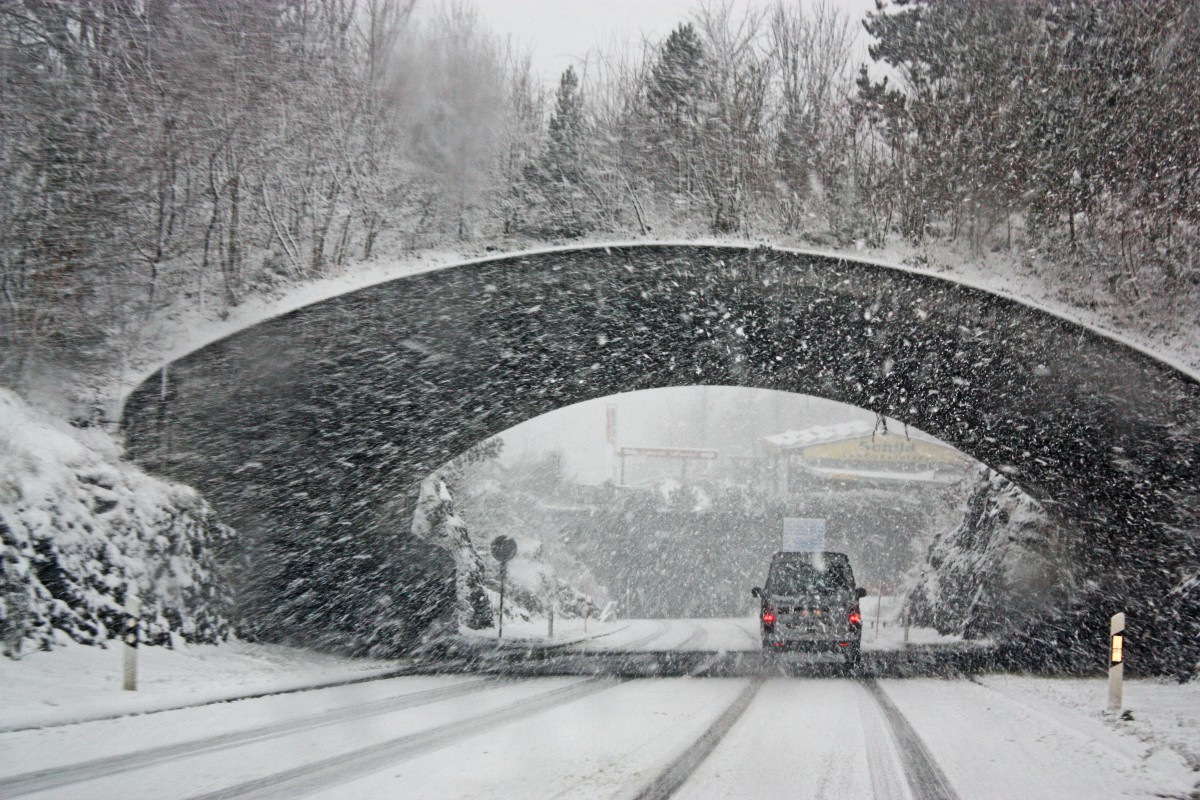The weather outside is about to get frightful. Snow days and winter storms may have been something you rooted for during your carefree childhood days. Getting a day off from school before “distance learning” became a thing and canceled snow days forever in some places like New York City was a fun surprise, especially if you had a math test that day.
Adulting is hard, and the innocence of winter fun may be replaced by nerves every time you hear a snowstorm weather report. You may worry about your health, safety, home, and vehicle — particularly if snow days aren’t an option where you work.
Knowledge is empowering. The Federal Emergency Management Agency (FEMA) has a handy graphic about winter snowstorm preparedness, and someone on Reddit did the Internet a solid by sharing it in the self-reliance sub-Reddit.
Here’s what to know about winter storm safety, according to FEMA.

What you can do now to prep for winter storms
A snowstorm weather report can take you by surprise. However, you can get ready before the weather person even gives a forecast for the first flurry of the year.
FEMA suggests:
- Knowing your area. Some places are more prone to winter storms than others ( Vermont and Michigan: Yes, Los Angeles and Palm Springs: Probably not, but crazier things have happened.)
- Be ready to give your home a hand. Ensure insulation is up to snuff. Weatherstrip and caulk to protect against leakage. Do you know how to keep pipes from freezing? Do a quick Google search while you have an Internet connection (storms can knock out power and WiFi). Be sure smoke and carbon monoxide detectors work (these are important all year).
- Look out for reports. You can joke about the accuracy of the weather person all you want — it’s better to prepare for the worst and be relieved if it doesn’t pan out. The Emergency Alert System can also give you a heads-up about pending storms in your community right on your phone.
- Have supplies ready. Make sure you have medications, anything you need for your pets, and batteries in case the power goes out. Put jumper cables, bottled water, and snacks in a car emergency kit.
-
Guide: Be Prepared for a Winter Storm (by FEMA)
byu/LIS1050010 inselfreliance
What to do during a storm
When the storm arrives, you can keep yourself and others safe by taking a few steps.
- Check on your neighbors. It takes a village. Make sure everyone is safe.
- Stay off the roads. If you don’t need to be on the roads, stay home.
- Stay inside. When the snow is softly falling, a walk in a winter wonderland can be fun. During a winter snowstorm, it can be unsafe and cause trips, slips, and frostbite. There will be plenty of time to build a snowperson when the storm passes.
Health tips
Winter snow storms can be health hazards. Protect yourself by knowing the risks, signs, and symptoms.
- Know your limits. Listen to your body. If you feel like you’re over-exerting yourself while shoveling snow, take a breather and ask for help. If you’re at higher risk for a heart attack, consider enlisting assistance before the storm arrives.
- Frostbite watch. Numb, white, gray-yellow, or waxy skin frostbite red flags. Go into a warm room and soak in warm water. Avoid massage and heating pads.
- Hypothermia flags. If you’re shivering, confused, and physically and cognitively discombobulated, you may have hypothermia. Get to a warm room and start heating the center of your body (chest, neck, head, and groin.) Stay dry and wrap yourself in warm blankets.
If you feel your health or life is at risk, call 9-1-1.



